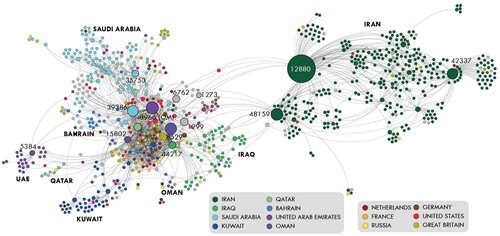Figures & data
Figure 1. Schematic illustration of the basic structure of autonomous systems (ASeS).
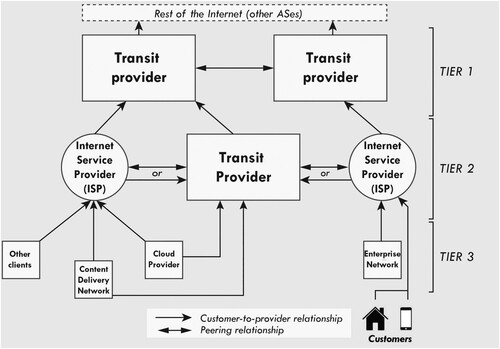
Figure 2. Internal connectivity of the Gulf Region, 2021.
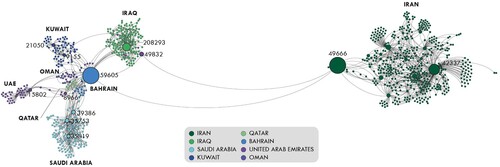
Figure 3. Connectivity of Qatar within the Gulf Region, 2015.
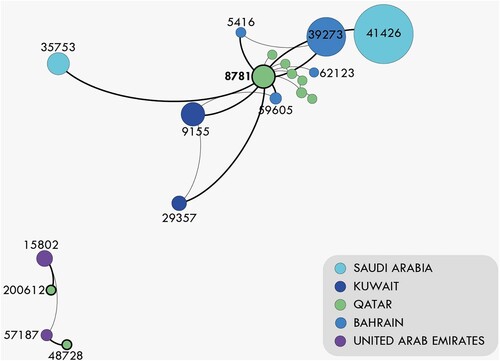
Figure 4. Connectivity of Qatar within the Gulf Region, 2019.
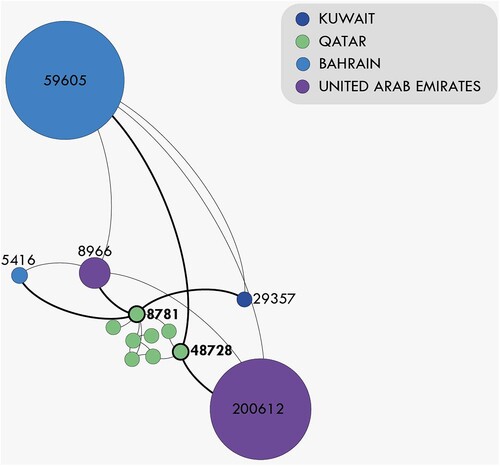
Figure 5. Connectivity of Qatar within the Gulf Region, 2021.
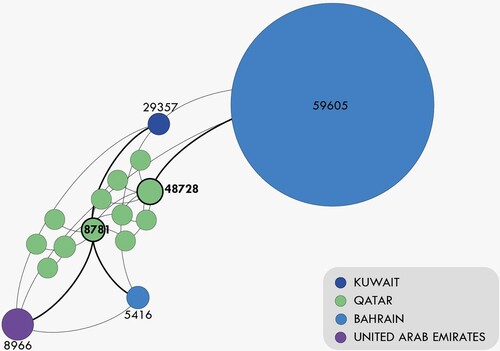
Figure 6. Internal connectivity of the Gulf Region and Israel, 2021.

Figure 7. Internal connectivity of the Gulf Region and Israel, 2015.

Figure 8. Connectivity of the Gulf Region and their neighbours, 2021.
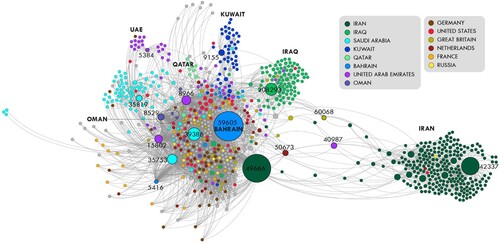
Figure 9. Connectivity of the Gulf Region, Israel and their neighbours, 2021.
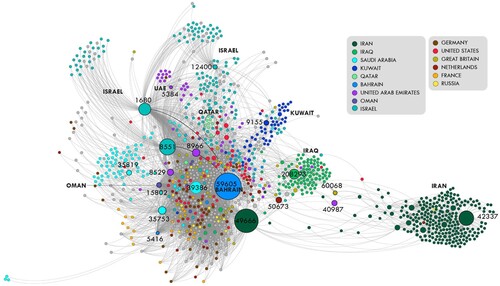
Figure 10. Connectivity of the Gulf Region and their neighbours, 2015.
